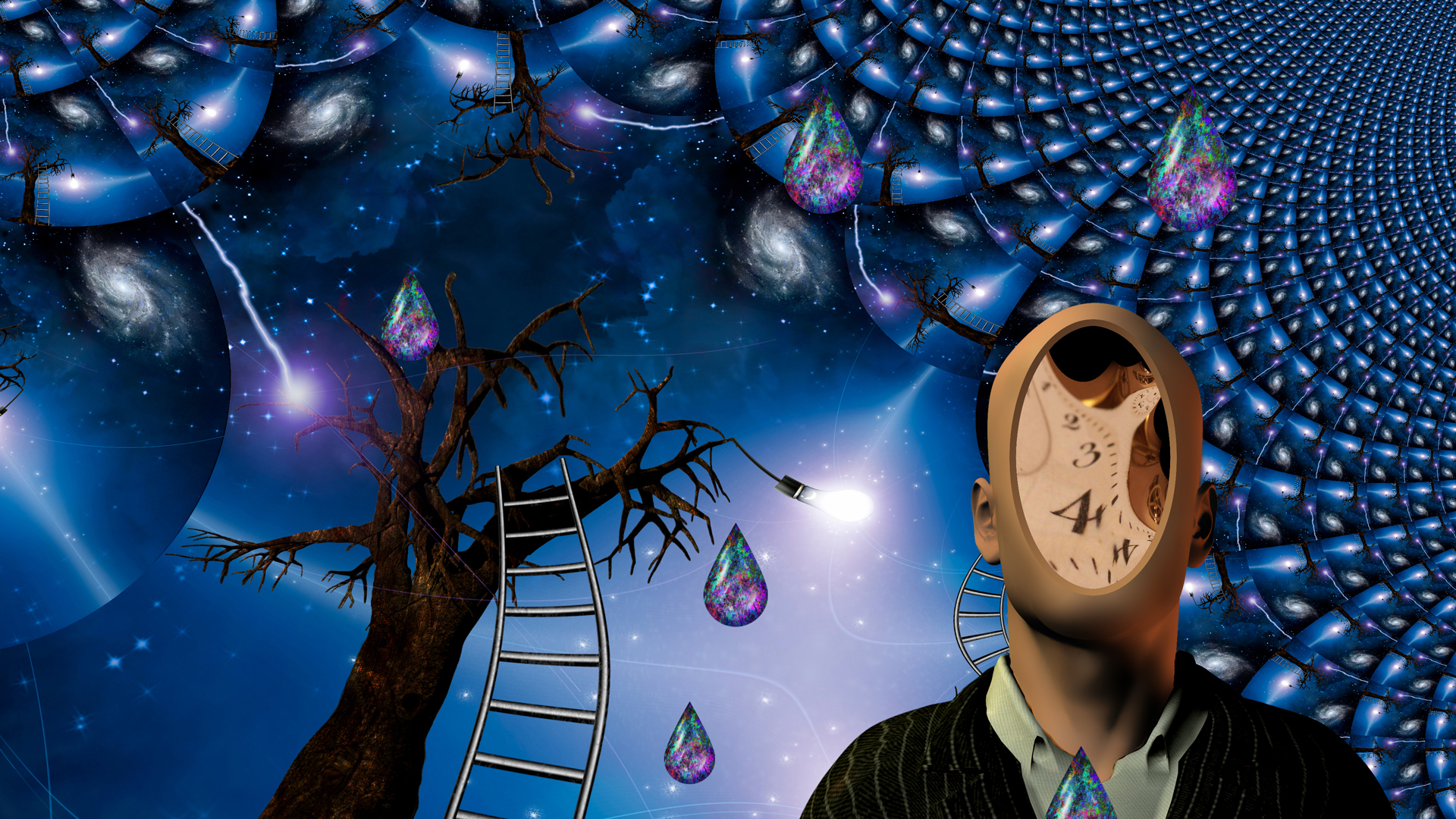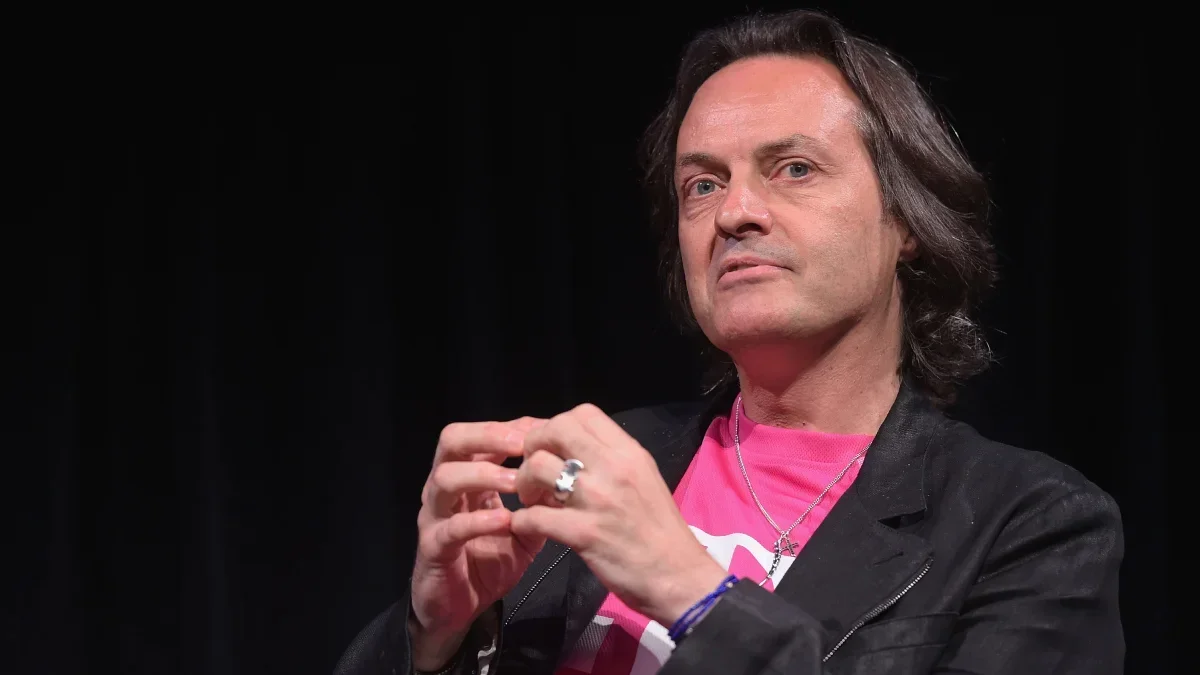Beyond Heroes and Villains
When a small purple dragon leapt joyfully onto television screens in 1998, gaming felt simpler. Spyro's tale was charmingly clear-cut: dragons good, Gnorcs bad. Yet, as those early fans grew alongside the medium itself, uncomplicated childhood memories gave way to reflective curiosity. With maturity comes the realisation that even playful narratives can unwittingly reveal complex truths—sometimes challenging, always intriguing. Among Spyro's cast, no group invites this reconsideration quite like the Gnorcs. Originally depicted as brutish, green-skinned adversaries to vanquish without second thought, today they stir conversation far beyond simple nostalgia. Villain by Design, Victim by Circumstance? Central to this renewed interrogation of Spyro's world is Gnasty Gnorc himself. Once an outright villain, his motivations now appear less straightforward—embroiled in ambiguity and moral greyness. His villainous origin, after all, begins with ridicule. Subjected to public humiliation by the so-called heroic dragons—mocked openly for being "ugly" and "no threat"—Gnasty's response feels strangely relatable. Suddenly, his crystallisation of dragons and capture of their treasure doesn't only seem villainous; it seems inevitable. Digging deeper complicates things further. Official game manuals describe Gnasty's exile to the "Dragon Junkyard" as punishment for unpleasant manners and jealousy—a far cry from revolutionary ambition. Yet beneath each simplistic textual explanation lies undeniable emotional depth. Did humiliation forge a villain, or did systemic exclusion birth a reluctant rebel? Fan Interpretations and Creative Insights This ambiguity spawned something remarkable among Spyro’s community—a blossoming of theories that transform the narrative entirely. Indeed, lore forums and fan discourse brim with vibrant speculation. Some reframe Gnasty as Robin Hood figure, challenging dragon elitism to empower marginalised Gnorcs. Others theorise that the mischievous Egg Thieves silently protest unequal distribution of wealth and opportunity. One long-time fan articulates this perspective compellingly: “The dragons are aristocrats living in castles of privilege, clutching their gems and scorning any who fall outside their gilded circle. Is Gnasty’s rebellion so unreasonable, given his people’s swamp-bound marginalisation?” These reinterpretations, while largely speculative, derive their power from real insights about power dynamics and inequality. Games may begin simply, but their stories ripple outward, shaped profoundly by the imaginations and reflections of those who experience them. The Ambiguity of Authorial Intent Yet, as developers revisited Spyro’s universe, authorial intent inevitably collided with these community-driven interpretations. During the carefully crafted revival—the 2018 *Spyro Reignited Trilogy*—creators at Toys for Bob actively chose not to portray Gnasty as a misunderstood revolutionary. Rather, they focused on his personal grudges and comical villainy, consciously distancing from deeper sociocultural commentaries. This friction between developer intent and player interpretation highlights a fascinating truth about games: once released, they transcend mere creator vision, evolving into rich tapestries woven by countless hands. The gap between intended meaning and received interpretation has produced fertile ground for ongoing exploration—transforming simple nostalgia into enduring cultural conversation. Design Choices and Unintended Consequences Yet revisiting beloved characters is fraught with challenges, particularly around visual representation. The remastered trilogy notably sparked debate from a troubling source: the redesign of Egg Thieves. Intended as humorous antagonists, their new shiny, pitch-black appearance unintentionally evoked historically problematic racial stereotypes. Controversy ignited quickly, underscoring how easily insensitivity—however inadvertent—can resonate negatively among modern audiences. This small yet significant storm foregrounds precisely why thoughtful cultural awareness matters deeply when breathing new life into classics. Games exist within societal contexts, inevitably reflecting and influencing the times that birth them. Nostalgia as Lens and Limit It's easy to underestimate how nostalgia shapes perception. As psychologist Dr Jayne Gackenbach observes, our early gaming memories often retain joy while conveniently erasing problematic undertones. Nostalgia gives rose-coloured glasses to formative experiences—glasses we now cautiously remove in pursuit of deeper appreciation. Revisiting beloved classics thus involves not just preserving what we loved, but critically recognising where past narratives may falter. The beauty, however, lies not merely in rethinking past stories, but in how this critical reflection can enrich our enjoyment. Viewed from multiple perspectives, formerly straightforward a
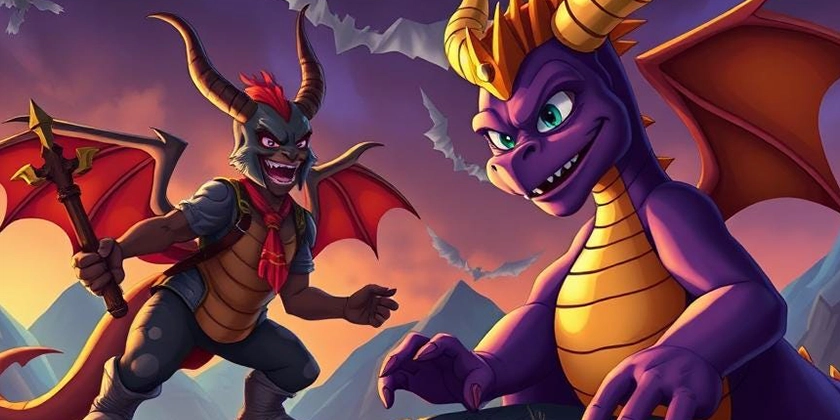
When a small purple dragon leapt joyfully onto television screens in 1998, gaming felt simpler. Spyro's tale was charmingly clear-cut: dragons good, Gnorcs bad. Yet, as those early fans grew alongside the medium itself, uncomplicated childhood memories gave way to reflective curiosity. With maturity comes the realisation that even playful narratives can unwittingly reveal complex truths—sometimes challenging, always intriguing.
Among Spyro's cast, no group invites this reconsideration quite like the Gnorcs. Originally depicted as brutish, green-skinned adversaries to vanquish without second thought, today they stir conversation far beyond simple nostalgia.
Villain by Design, Victim by Circumstance?
Central to this renewed interrogation of Spyro's world is Gnasty Gnorc himself. Once an outright villain, his motivations now appear less straightforward—embroiled in ambiguity and moral greyness. His villainous origin, after all, begins with ridicule. Subjected to public humiliation by the so-called heroic dragons—mocked openly for being "ugly" and "no threat"—Gnasty's response feels strangely relatable. Suddenly, his crystallisation of dragons and capture of their treasure doesn't only seem villainous; it seems inevitable.
Digging deeper complicates things further. Official game manuals describe Gnasty's exile to the "Dragon Junkyard" as punishment for unpleasant manners and jealousy—a far cry from revolutionary ambition. Yet beneath each simplistic textual explanation lies undeniable emotional depth. Did humiliation forge a villain, or did systemic exclusion birth a reluctant rebel?
Fan Interpretations and Creative Insights
This ambiguity spawned something remarkable among Spyro’s community—a blossoming of theories that transform the narrative entirely. Indeed, lore forums and fan discourse brim with vibrant speculation. Some reframe Gnasty as Robin Hood figure, challenging dragon elitism to empower marginalised Gnorcs. Others theorise that the mischievous Egg Thieves silently protest unequal distribution of wealth and opportunity.
One long-time fan articulates this perspective compellingly: “The dragons are aristocrats living in castles of privilege, clutching their gems and scorning any who fall outside their gilded circle. Is Gnasty’s rebellion so unreasonable, given his people’s swamp-bound marginalisation?”
These reinterpretations, while largely speculative, derive their power from real insights about power dynamics and inequality. Games may begin simply, but their stories ripple outward, shaped profoundly by the imaginations and reflections of those who experience them.
The Ambiguity of Authorial Intent
Yet, as developers revisited Spyro’s universe, authorial intent inevitably collided with these community-driven interpretations. During the carefully crafted revival—the 2018 *Spyro Reignited Trilogy*—creators at Toys for Bob actively chose not to portray Gnasty as a misunderstood revolutionary. Rather, they focused on his personal grudges and comical villainy, consciously distancing from deeper sociocultural commentaries.
This friction between developer intent and player interpretation highlights a fascinating truth about games: once released, they transcend mere creator vision, evolving into rich tapestries woven by countless hands. The gap between intended meaning and received interpretation has produced fertile ground for ongoing exploration—transforming simple nostalgia into enduring cultural conversation.
Design Choices and Unintended Consequences
Yet revisiting beloved characters is fraught with challenges, particularly around visual representation. The remastered trilogy notably sparked debate from a troubling source: the redesign of Egg Thieves. Intended as humorous antagonists, their new shiny, pitch-black appearance unintentionally evoked historically problematic racial stereotypes. Controversy ignited quickly, underscoring how easily insensitivity—however inadvertent—can resonate negatively among modern audiences.
This small yet significant storm foregrounds precisely why thoughtful cultural awareness matters deeply when breathing new life into classics. Games exist within societal contexts, inevitably reflecting and influencing the times that birth them.
Nostalgia as Lens and Limit
It's easy to underestimate how nostalgia shapes perception. As psychologist Dr Jayne Gackenbach observes, our early gaming memories often retain joy while conveniently erasing problematic undertones. Nostalgia gives rose-coloured glasses to formative experiences—glasses we now cautiously remove in pursuit of deeper appreciation. Revisiting beloved classics thus involves not just preserving what we loved, but critically recognising where past narratives may falter.
The beauty, however, lies not merely in rethinking past stories, but in how this critical reflection can enrich our enjoyment. Viewed from multiple perspectives, formerly straightforward adventures bloom with new depth, complexity, and meaning.
Spyro's New Era Under Microsoft
These questions carry renewed relevance following Microsoft's 2022 acquisition of Activision Blizzard—and, by extension, Spyro. Rumours already circulate about future game plans: expanded lore around Gnorcs, dragons, and the intricate societal dynamics within Spyro’s whimsical world.
This prospective deepening aligns comfortably with modern gaming's embrace of morally nuanced narratives. Far from simple heroes versus villains dynamics, today's players seek authenticity, complexity—even philosophical ambiguity—in their storytelling experiences.
Could future Spyro games finally elevate Gnorcs beyond caricature? Could Gnasty Gnorc himself be shown in richer, deeper hues—his rebellion recontextualised from petulant vendetta into a thoughtful exploration of inequality? Such a transformation would elevate Spyro’s whimsical universe into truly reflective storytelling, honouring its imaginative charm while critically engaging with contemporary moral questions.
The Value of Critical Engagement
Yet, alongside enthusiastic reappraisals run detractors who see these debates as unnecessary overanalysis of children's entertainment. Comments such as "Sometimes a green bad guy is just that—bad" voice understandable exhaustion with cultural reappraisal. But critical engagement need not negate enjoyment. Rather, it elevates beloved narratives into shared spaces of contemplation and affectionate critique.
Far from eroding Spyro's beloved legacy, discussions around Gnorcs deepen it—recognising its position within broader cultural landscapes. They ask nothing more than kindness guided by thoughtful curiosity: Can we appreciate the narratives that shaped us, while simultaneously encouraging them to grow richer, more inclusive, and self-aware?
The once-lowly Gnorc—simple, green, and ridiculed—has become an unlikely symbol of gaming’s growth. Far beyond being mere obstacles overcome by flame or leap, these characters speak to how imaginative worlds reflect real complexities, inspiring debate about privilege, misunderstanding, and society's currents of discrimination.
As gaming stretches and evolves, creating stories ever more ambitious and reflective, thoughtful analysis becomes a tool not just to criticise, but invigorate. We view Spyro's adventures—old and new—not merely as childlike escapism, but as vividly playful allegories inviting meaningful reflection.
After decades, Spyro’s Gnorcs reveal that even the brightest, simplest worlds contain hidden depths—and that critical curiosity never diminishes joy but enriches it profoundly. Behind every dragon’s flame and every Gnorc’s grievance exists a story yet waiting to be thoughtfully told, enjoyed, and explored.
Publishing History
- URL: https://rawveg.substack.com/p/beyond-heroes-and-villains
- Date: 13th April 2025















































































































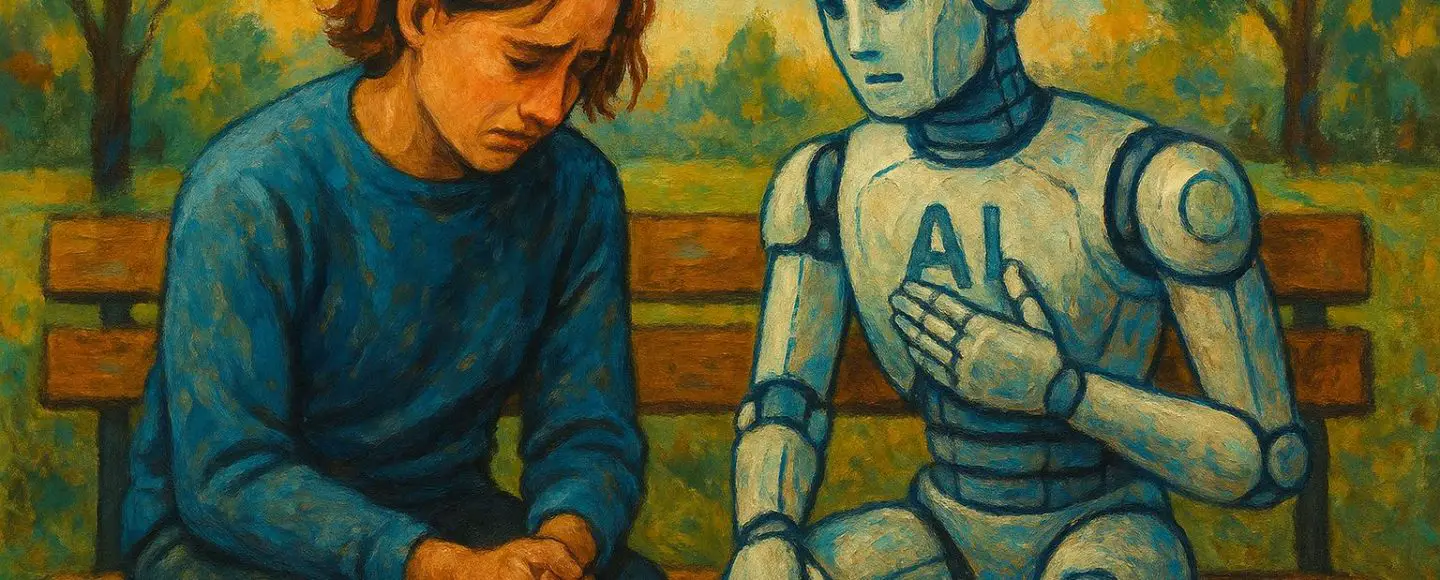






















































![[The AI Show Episode 146]: Rise of “AI-First” Companies, AI Job Disruption, GPT-4o Update Gets Rolled Back, How Big Consulting Firms Use AI, and Meta AI App](https://www.marketingaiinstitute.com/hubfs/ep%20146%20cover.png)

















































































































































































.jpg?width=1920&height=1920&fit=bounds&quality=70&format=jpg&auto=webp#)






















































































_Alexey_Kotelnikov_Alamy.jpg?width=1280&auto=webp&quality=80&disable=upscale#)
_Brian_Jackson_Alamy.jpg?width=1280&auto=webp&quality=80&disable=upscale#)



 Stolen 884,000 Credit Card Details on 13 Million Clicks from Users Worldwide.webp?#)






































































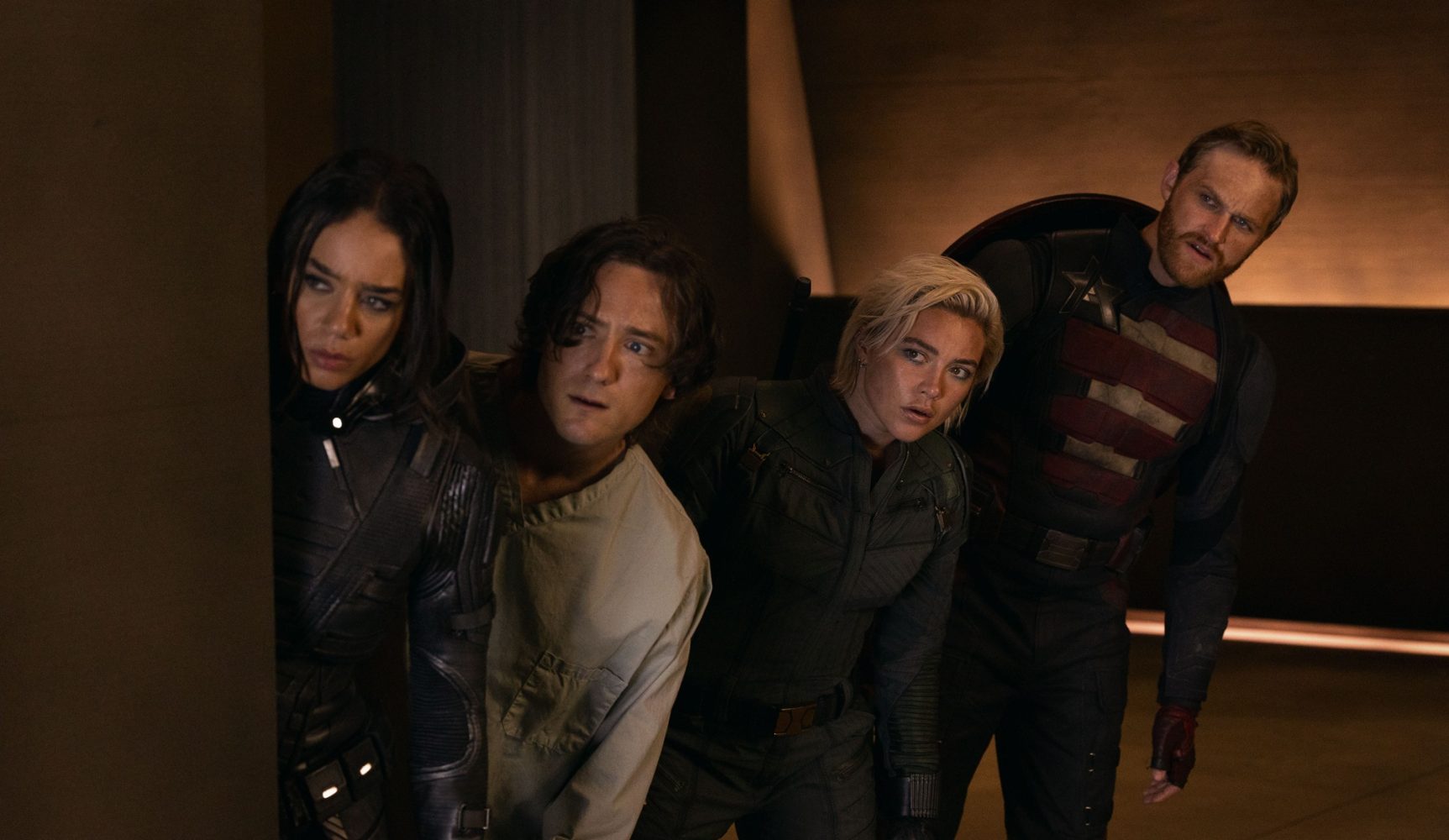
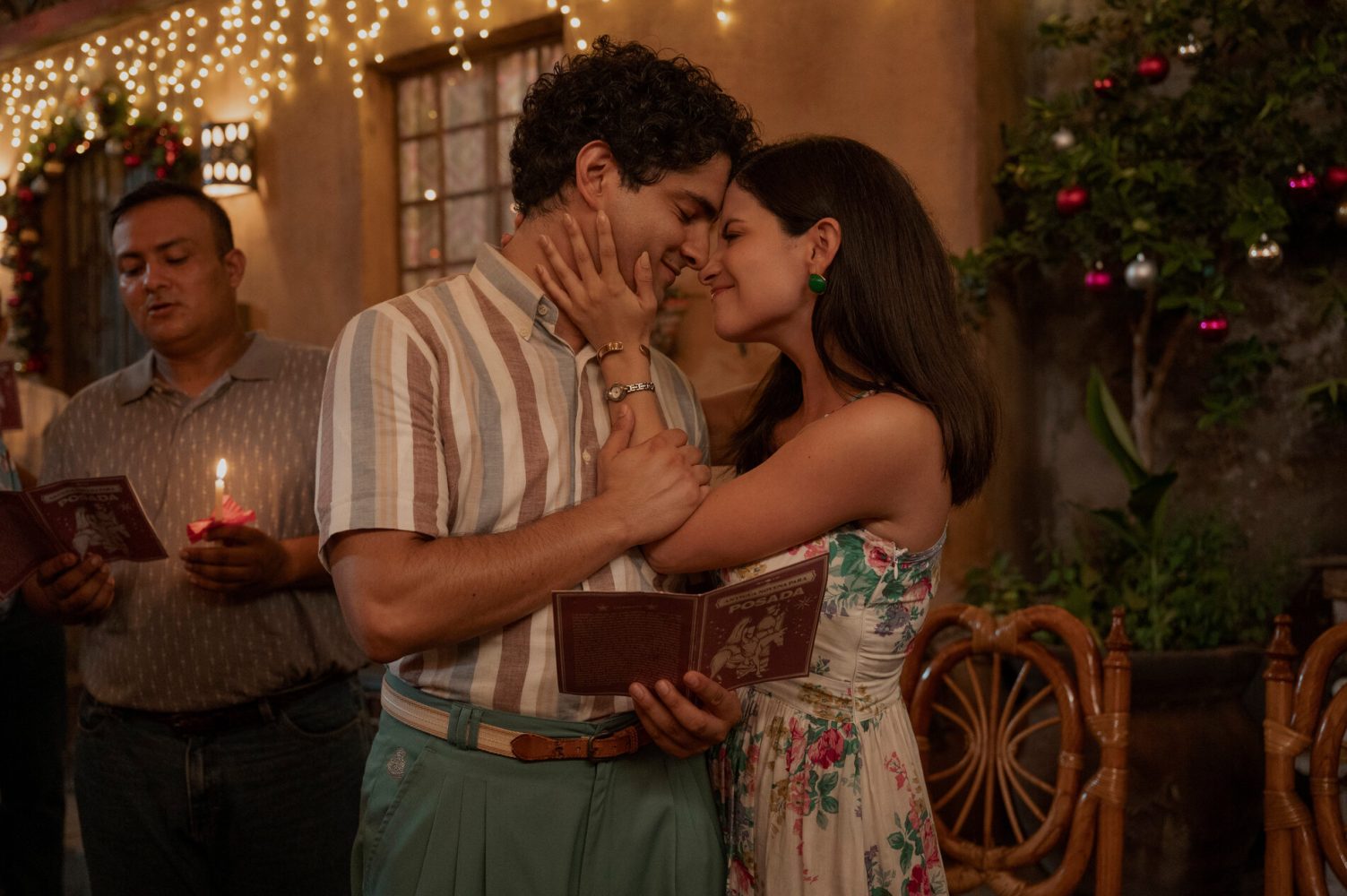





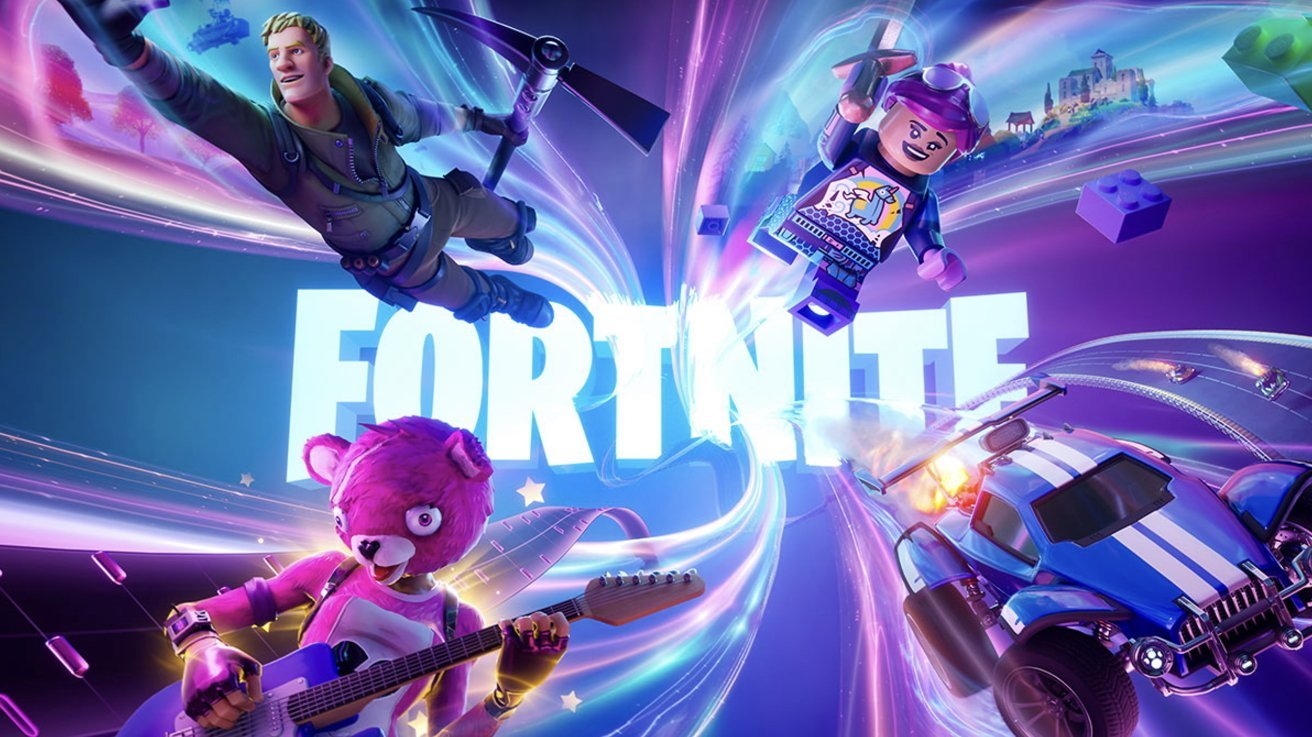












![Roku clarifies how ‘Pause Ads’ work amid issues with some HDR content [U]](https://i0.wp.com/9to5google.com/wp-content/uploads/sites/4/2025/05/roku-pause-ad-1.jpg?resize=1200%2C628&quality=82&strip=all&ssl=1)









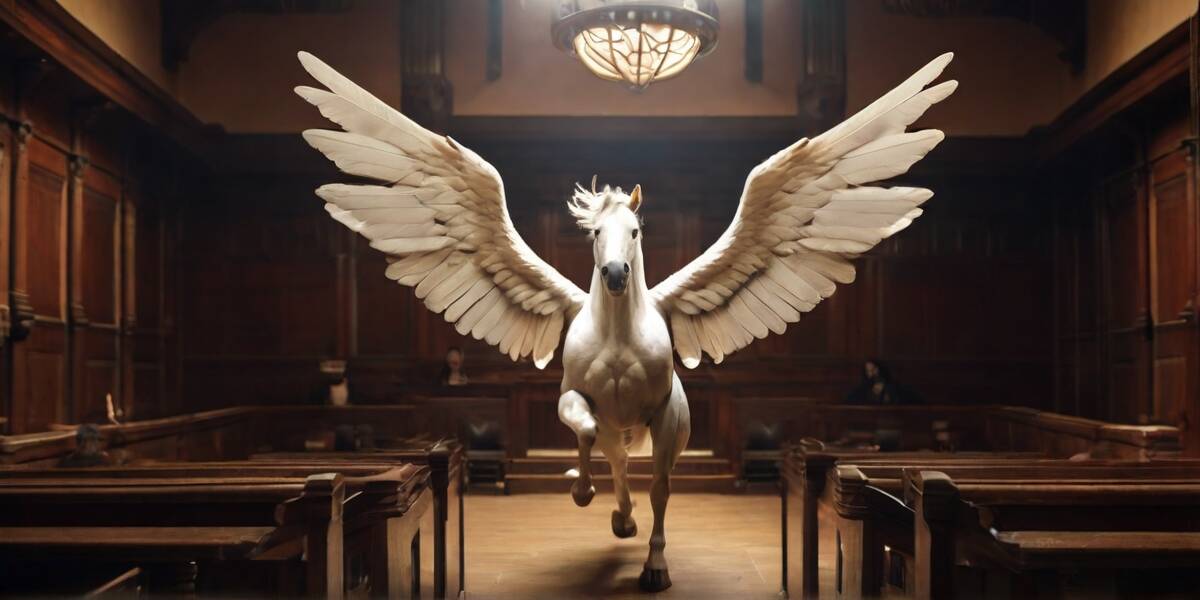



![Apple Seeds visionOS 2.5 RC to Developers [Download]](https://www.iclarified.com/images/news/97240/97240/97240-640.jpg)
![Apple Seeds tvOS 18.5 RC to Developers [Download]](https://www.iclarified.com/images/news/97243/97243/97243-640.jpg)

















